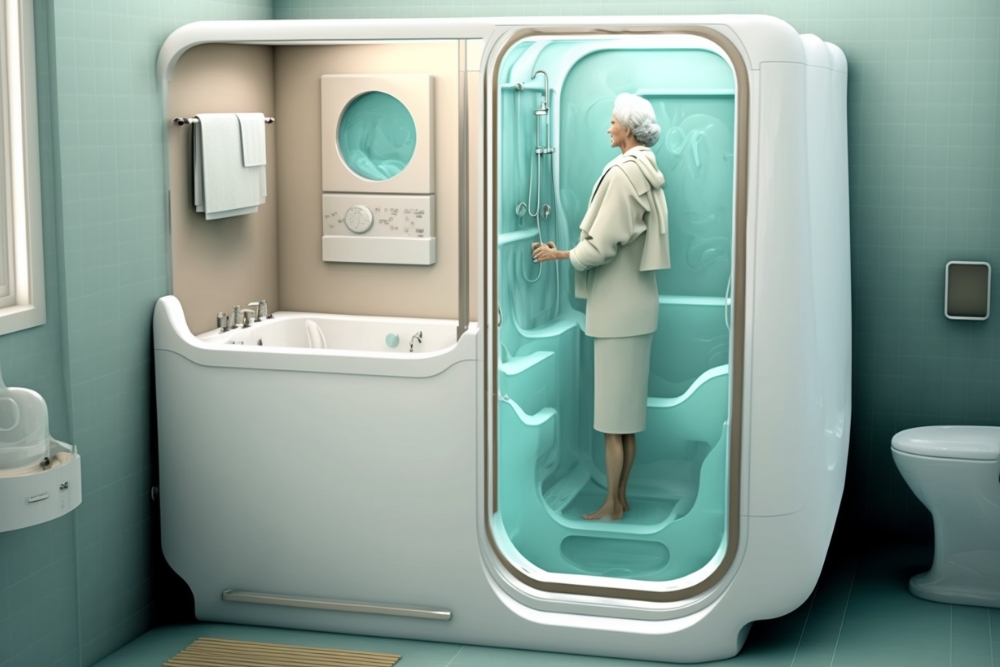Exploring Modern Senior Homes: Design, Features and Everyday Comfort
Modern senior homes in the United States are evolving with thoughtful design, supportive services, and welcoming community areas. This article explains how today’s communities balance comfort and independence, what everyday life feels like inside, and practical points to consider when comparing options for yourself or a loved one.

Exploring Modern Senior Homes: Design, Features and Everyday Comfort
Today’s senior homes are built to feel like home first and a service setting second. Many communities now prioritize natural light, private spaces, and inviting shared areas that encourage connection without sacrificing independence. Thoughtful layouts and discreet safety features help residents move easily and confidently, while on-site services remove daily hassles such as maintenance and meal prep. For families, the result is a clearer picture of how design, care, and community come together to support quality of life.
What do modern senior homes look like today?
Newer communities blend residential architecture with practical details that promote comfort, independence, and a sense of community. You’ll see private suites or apartments with compact kitchens, step-in showers, and plenty of storage. Corridors are wider, lighting is brighter and warmer, and wayfinding uses clear signage and color cues. Common lounges, libraries, and cafés are positioned near entrances to invite casual interaction, while outdoor patios and gardens add fresh air and space for walks, pets, and small gatherings.
Which features make daily life easier?
Modern features focus on simplicity and accessibility. Private suites provide personal space and privacy, while shared areas such as dining rooms, hobby studios, and fitness rooms support social time and routines. On-site services typically include housekeeping, laundry, scheduled transportation, and dining options ranging from restaurant-style meals to grab-and-go cafés. Accessible layouts with elevators, handrails, non-slip flooring, and lever-style door handles reduce effort and risk. Many communities also add technology such as wearable call buttons, motion-sensor lighting, and secure entries to support safety without feeling intrusive.
How does community life feel from the inside?
Life often revolves around friendly neighbors, familiar staff, and a calendar of optional activities. Residents can join exercise classes, book clubs, art workshops, movie nights, faith gatherings, and local outings. Quiet spaces remain available for those who prefer low-key days or private hobbies. Supportive staff check in respectfully, offering help with appointments or daily tasks when needed, while allowing residents to set their own rhythm. The result is a balance of autonomy and reassurance, especially valued by people who want connection without losing their independence.
Why safety, convenience and social ties matter
Key advantages of newer senior homes include safety, convenience, social engagement, and peace of mind for residents and families. Thoughtful lighting, grab bars, and emergency call systems reduce risks. Maintenance-free living means no home repairs, snow shoveling, or yard work. Shared meals and activity programs encourage friendships and prevent isolation. For families, predictable support and clear communication bring reassurance, especially if health needs change over time and additional services can be added within the same community.
What to consider when exploring options
When touring communities in your area, evaluate location, affordability, available amenities, and everyday comfort. Proximity to familiar neighborhoods, doctors, and family can make transitions easier. Ask about apartment sizes, natural light, dining flexibility, and outdoor access. Review activity calendars, transportation schedules, and how staff respond to requests. For affordability, look at what the monthly fee includes (meals, housekeeping, utilities), what costs extra (second occupant fees, medication management), and how price changes are communicated. A short stay or trial visit can help confirm the day-to-day feel.
A quick look at real-world pricing Costs vary widely by state and metro area, the level of support (independent living vs. assisted living vs. memory care), apartment size, and bundled services. Many communities charge a monthly fee, while some life plan communities combine an entrance fee with ongoing monthly costs. Review contracts carefully, ask about deposit policies and annual adjustments, and compare what is included versus optional.
| Product/Service | Provider | Cost Estimation |
|---|---|---|
| Independent living | Brookdale Senior Living | Typically $2,500–$5,000 per month depending on location and unit size |
| Assisted living | Sunrise Senior Living | Typically $4,000–$6,500 per month based on care needs and region |
| Memory care | Atria Senior Living | Typically $5,000–$8,000+ per month depending on level of support |
| Life plan community (entrance fee model) | Erickson Senior Living | Entrance fee plus monthly fee; monthly often $3,000–$6,000+; varies significantly by community |
Prices, rates, or cost estimates mentioned in this article are based on the latest available information but may change over time. Independent research is advised before making financial decisions.
Bringing the pieces together
Modern senior homes aim to deliver a blend of privacy, ease, and meaningful social connection. Design choices promote safety and mobility without feeling clinical, while services reduce everyday chores and open time for preferred routines. By comparing locations, amenities, and contracts—and experiencing a community in person—families can better match individual preferences with the right mix of comfort, independence, and support for the years ahead.




